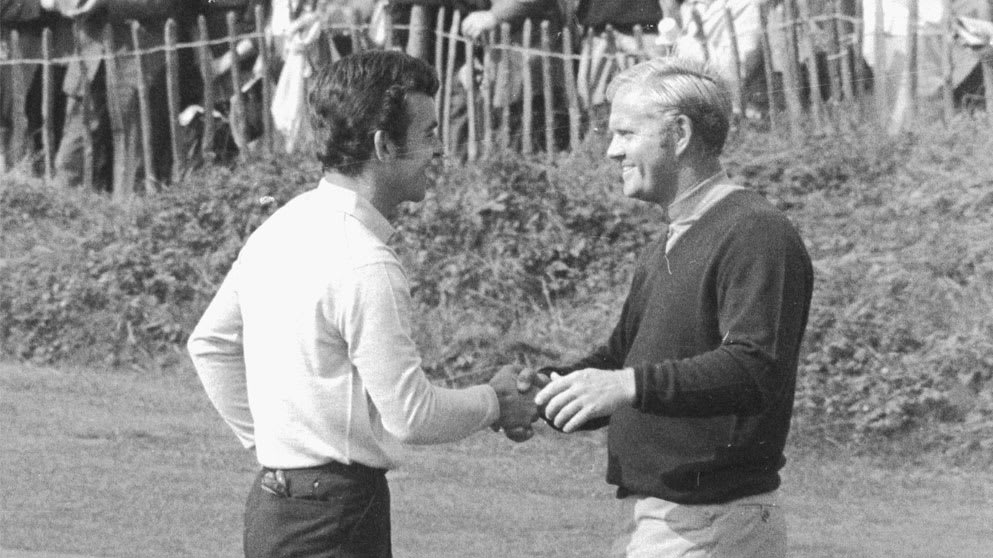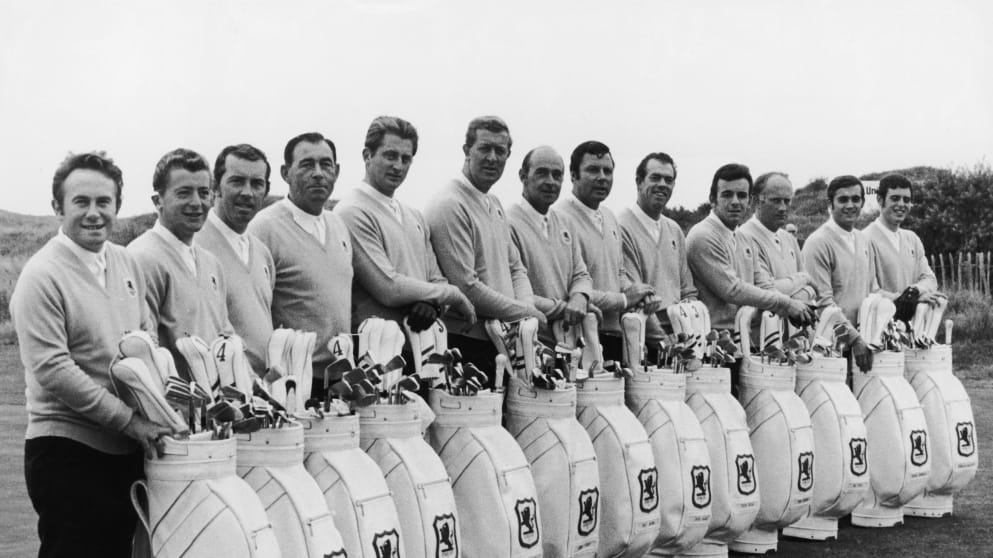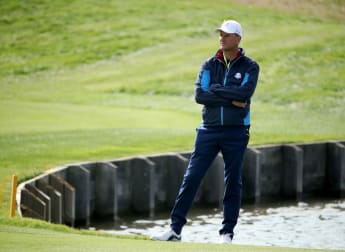Fifty years ago today, a simple yet supreme gesture that still stands tall as a shining beacon of sportsmanship took place on the 18th green at Royal Birkdale as the 1969 Ryder Cup reached its climax.

This extract from The Official History of The Ryder Cup, 1927-1989, by Michael Williams, describes ‘The Concession’.
Ten thousand people and more crammed every vantage point they could find around Royal Birkdale’s eighteenth hole in the grey, fading light of a damp September evening, their necks craned for a glimpse of the two principal figures on what was to them the loneliest stage in the world.
No script could have been more dramatically written: Great Britain and the United States level at 15 ½ matches each, and now Tony Jacklin and Jack Nicklaus, the only two players left on the course, all square, one to play. Nor were there two better men to fill the leading roles: Jacklin, who earlier that summer have become the first British golfer to win the Open Championship in eighteen years, and Nicklaus, the greatest golfer of his time, already winner of three Masters, two US Opens, one PGA and one British Open, yet playing now in his first Ryder Cup match. Upon these two did everything hinge.
As they descended the red shale path from the eighteenth tee, Jacklin was some yards ahead, lost in concentration, when suddenly Nicklaus called his name. Jacklin paused and waited.
“How do you feel, Tony?” asked Nicklaus as he moved alongside.
“Bloody awful,” replied Jacklin with absolute honesty.
“I thought you might,” replied Nicklaus, “but if it is any consolation, so do I. A bugger isn’t it?!”
With this mutual understanding of the pressure they were both under, they went their separate ways, Jacklin left of centre of the fairway but a little way ahead of Nicklaus. It was the American who had to play first and he hit his second to the ‘fat’ of the green, perhaps 10 yards to the right of the flag. Jacklin followed bravely over the left-hand bunker. His ball ran to the back of the green and he had to putt first.
Barely a sound could be heard as lips were pursed, nails bitten an brows mopped. Jacklin took his time. Hit got the right line, but the putt was always just short and game to rest less than 18 inches from the hole. Nicklaus, ‘going to school’ on what he had seen, went boldly across the damp turf for what would have been an eagle three and victory not only for him but for the United States as well. His ball ran three or four feet past, and now he had to putt again.
Hunched in that characteristic manner of his, Nicklaus holed for his four. Now it was Jacklin’s turn, but even as he stepped forward, so Nicklaus stooped, picked up his opponent’s marker and with a grin offered his hand. Their game was halved and the match was tied. “I am sure you would have holed,” said Nicklaus, “but I was not prepared to see you miss.” Thus ended with one supreme gesture a match that will for ever stand as a memorial for all that is best about the Ryder Cup.







